
CANDi + Mexico = A Great Adventure!
Courtesy of: Joye
On November 30, 2013 I headed off to Cancun, Mexico for the trip of a lifetime. Over the next week, working with over 50 other volunteers organized by Cats and Dogs International, we spayed and neutered over 900 dogs and cats! But I’m getting a bit ahead of myself…
Cats and Dogs International (CANDi) is an organization dedicated to promoting the humane treatment of animals through tourism. CANDi partners with tourist destinations (such as Cancun, Mexico) to raise funds for sterilization clinics in poor communities in the surrounding areas. Pet and stray population control is a huge issue, since many people have little or no access to (or funds to support) veterinary care. CANDi recruits international volunteers (veterinarians, technicians and non-medical personnel) to travel to these communities to provide free spay/neuter services. For more information, please see my previous blog “Truro Vet Gives Back – In Mexico” and visit http://www.candiinternational.org/.
As I was saying, on November 30th I traveled to Cancun to take part in this amazing event. We stayed at the lovely all-inclusive RIU Cancun, a beautiful resort that is a proud sponsor of CANDi. Although we were each responsible for paying for our stay, the cost was greatly reduced and we all appreciated their hospitality. Our team had a meet-and-greet that evening, where we got our first look at the folks we would be spending lots of time with over the next week!
The clinic ran for a total of 5 days, with one free day in the middle to recuperate. Each day we spent 12-13 hours at the clinic, catching the shuttle over early and returning late in the evening. I’m sure the hotel staff were thrilled to see us all trooping in to the buffet at the end of a long, hot, tiring day. We quickly adopted the concept of “dirty dinner”, which meant heading to the buffet before going to our rooms to clean up. Somehow, our little section of the restaurant always seemed to have lots of space for us…certainly couldn’t have been because we smelled bad? 🙂
As a technician, I knew before I headed out that I would be assigned to one of three areas: induction/intubation, surgery monitoring, or patient recovery. All three areas are extremely valuable and present different challenges. When I learned I would be assigned to surgery monitoring, I was nervous, but excited. All patients were kept asleep for surgery using injectable anesthetic drugs, with no access to supplemental oxygen or anesthetic gas. This is hugely different from the normal procedures I am used to, and adds a higher level of risk for the patient. If they began to wake up during surgery, an alert technician had to deliver the correct dose of anesthetic (based on weight and species) intravenously before the patient became too alert. It was a tough but rewarding learning curve for the techs involved…but after all my careful planning and preparation…I wasn’t one of them!
When we opened for the day on the first morning (late, of course…there are always bugs to work out on the first day), I happened to be sitting at the reception table drawing up drugs for sedating the dogs. This is the “induction” portion of the day, where the awake dogs are given an injection in the muscle to send them to sleep for the surgery. Since no one else was available, I began greeting people and sedating dogs…a job I continued right until the very end of the clinic.
Induction presents its own level of challenge that is very different from surgery monitoring, however. The number one concern is that the patients are awake when you meet them. Some of these dogs are beloved house pets, friendly and happy to meet a new face. Many, however, were frightened by the noises, strange dogs, funny smells and overwhelming environment they had arrived in, often waiting many hours outside for their turn. I was the last person they wanted to see. We also did surgery on “street” dogs, stray/feral dogs who had been captured by volunteers and brought to us in kennels. These dogs were also frightened and aggressive and required special care. I had fantastic volunteers helping me with dog restraint and I hardly got a scratch all week long!
Determining the right amount of drug for each dog was sometimes a challenge as well. Sedatives work very differently in happy, relaxed dogs than in terrified, aggressive dogs. There are also some breeds that are more sensitive to sedatives than others, which was also a factor in calculations. We also did surgery on very small puppies, who have different drug needs from older puppies or adults. The most difficult aspect of induction for me, however, was managing the surgical flow.
After dogs were sedated, they would head to the intubation table where two technicians placed endotracheal (breathing) tubes and IV catheters. From there they would travel to the surgical prep area, where volunteers would clip and scrub the surgical site.
The next step was surgery, assuming that I had done my job well and there was a table (well, an ironing board) available for them. If I sedated too many animals, or perhaps too many females in a row (spays take longer than neuters), there might not be a veterinarian available right away. If I sedated too few animals, there were vets standing idle with nothing to do!
To add to this mix, another team was busy sedating cats for surgery as well. Cats present their own special challenges, since they come with many built-in weapons and a very strong instinct to flee. Many came to us in shopping bags, allowing us to deliver their injections through the bag and reducing the chance of injury (to anyone, pets or people) or loss of the pet.
Some other carriers were more creative!
After sedating, cats headed over to the same intubation/prep team used by my dogs, so it was easy to miscalculate the number of animals waiting for surgery. Thankfully, by Day 2 I had a pretty good handle on that aspect and we didn’t have many issues after that.
After surgery, patients were carried to recovery by local volunteers (or anyone with free hands). The recovery team, headed up by Sherrill MacKeigan (who you may remember from her days as a technician student at TVH), had a lot of work to do. They had to ensure a safe and rapid recovery from anesthesia, monitoring patient temperature, heart rate and respiration rate. They gave injections of antibiotics and pain medication. They also gave each pet an ear tattoo, trimmed toenails, clipped fur mats, cleaned ears, picked ticks, and any other grooming care needed by the pet.
The pet owners played a huge role in caring for their animals throughout the day. They helped restrain their pets for induction, waited with them until they went to sleep, and then headed over to recovery with them to help wake them up after. This was a real bonding experience, and often the whole family was present. Once the pet was up and walking, the owners would take them home, filled with smiles and gratitude.
One of the aspects of the clinic that surprised and impressed me most was how quickly the volunteers came together as a team. Despite the heat, the long days, the aching feet and sore backs, there were no complaints and everyone worked hard all day long. When you are united by a common purpose of helping others, it’s easier to set aside conflicts and work together to achieve your goals.
Special thanks to all of the industry representatives who donated products to support my trip and the sterilization program. Thanks go as well to Hector Navarro, professional photographer who took most of these beautiful images. Please visit his website at www.hectorn.com to see many more great images. Huge thanks to Dr. Gwen and Juanita for supporting me in this endeavor, and to all of our clients who donated through the complimentary nail trim donation program in November. The success of these programs depends heavily on all the generous donations of time, money and supplies.
CANDi’s next sterilization program will be held in the Dominican Republic from April 25-28, 2014. If you are interested in helping dogs and cats in the DR, please visit CANDi’s website at http://www.candiinternational.org/. There are currently positions open for volunteers, or you can choose to donate to help out.
If you would like more information about my trip with CANDi or have any questions, please call 893-2341 and ask for me (Joye) or email joye@trurovet.com.

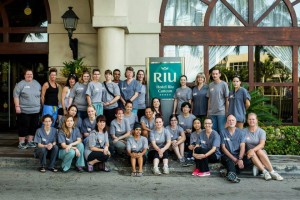
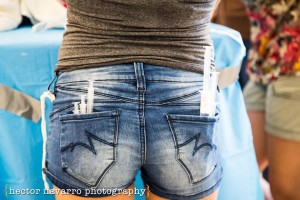
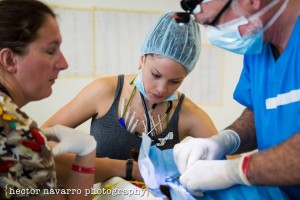

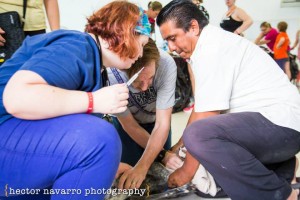

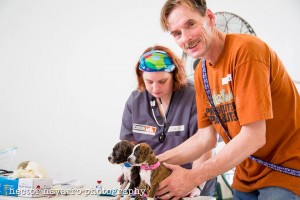
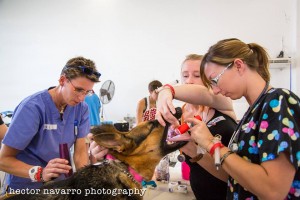
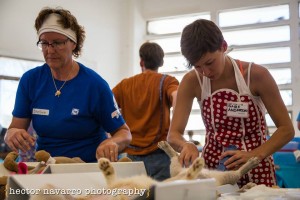
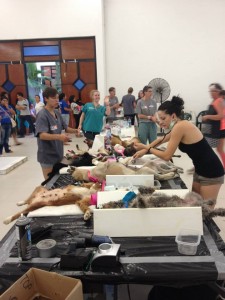
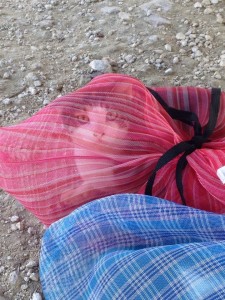

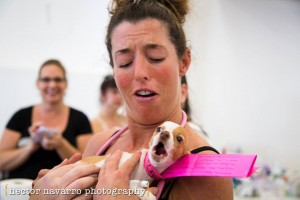

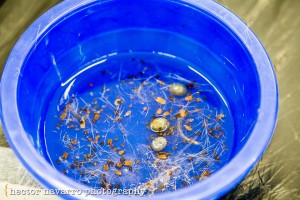

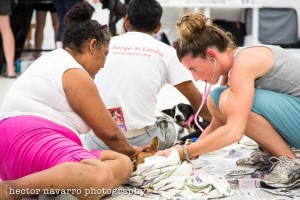

0 Comments